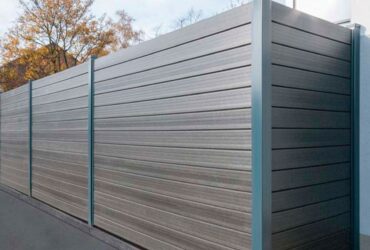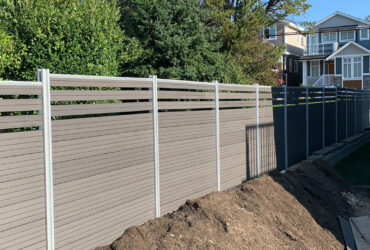Study On Flame Retardancy Of Foamed Wood-plastic Composites
Without flame-retardant treatment, wood-plastic composite materials cannot meet the requirements of building interior decoration design, and there is a possibility of fire. Foamed wood-plastic composite materials are more flammable than wood-plastic materials, and fire is indeed the most serious of all kinds of disasters.And when the foamed wood-plastic composite material burns, it will release a lot of heat.Escaping a lot of gas, including various poisonous gases,It will cause serious harm to people's property, body and mind. In view of the wide application of composite materials, it is necessary to solve the problem of flame retardancy.

At present, there are few studies on the combustion characteristics of wood-plastic composite materials at home and abroad. According to available data, the combustion performance of wood-plastic composite materials is between plastic and wood, better than plastic but worse than wood. Some scholars have comprehensively studied the flame retardancy of wood-plastic materials using OSU calorimetry equipment. The test data show that the heat release rate and heat peak release rate of the material are directly proportional to the amount of plastic, while the thickness of the composite material and the growth rate of the heat release rate before reaching the peak are inversely proportional.Some people have tested the heat release rate of wood, plastic materials and wood-plastic composite materials during combustion,The analysis shows that the heat release rate of wood is the lowest, plastic is high, and composite materials are in between;However, the ignition time of wood-plastic composites is lower than that of plastics. Different plastics and coupling agents also have a great influence on the combustion characteristics of wood-plastic composites. Some people use various analytical methods to measure the flame retardancy of wood-plastic composite materials, and finally published the flame retardancy test method of wood-plastic composite materials. Even so, since the combustion of composite materials itself is a composite combustion process, it needs to be analyzed in specific situations.

Classification of Flame Retardants
The more commonly used flame retardants are halogen organic flame retardants, which have good flame retardant ability, and are widely used because of their small addition amount and low price. However, because it will release a large amount of corrosive and toxic gas and non-environmentally friendly chemicals when it is heated and burned, halogen-free flame retardants are the current development direction. At present, the flame retardants used in wood-plastic composite materials mainly include magnesium-aluminum flame retardants, phosphorus flame retardants, nanoparticle flame retardants and intumescent flame retardants.






